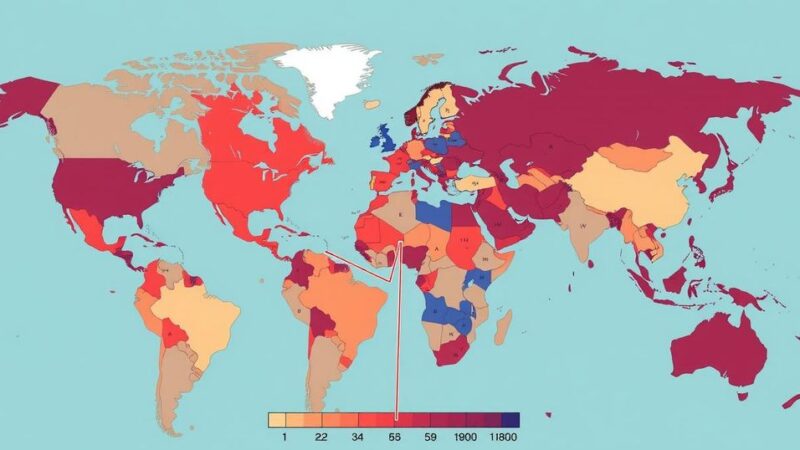Namibia faces a crucial election on Wednesday, testing SWAPO’s ability to maintain its long-standing power amid economic challenges and a growing youth electorate. With the opposition divided among numerous candidates, SWAPO may still have a chance to retain dominance. The outcome will be significant, either marking the election of the first female president or a shift of power.
On Wednesday, voters in Namibia will participate in a pivotal election, marking a significant moment for the South West Africa People’s Organization (SWAPO), which has held power since independence in 1990. This election arrives against a backdrop of declining support for former liberation parties in southern Africa, amplifying concerns regarding SWAPO’s ability to maintain its political dominance amid rising unemployment, government corruption, and a housing crisis. Young voters increasingly represent a crucial segment of the electorate, with over 40 percent of registered voters in Namibia being 35 or younger.However, while SWAPO has attempted to engage this demographic through popular musical performances and youth representation, analysts remain skeptical about the young voters’ likelihood of participating in the election. Despite these challenges, SWAPO may still have an advantage, given the fragmentation of the opposition vote among 14 candidates and the party’s stronghold in rural areas where they have hosted substantial rallies. The upcoming election is not only significant for its possible outcomes—a potential first female president or a new party leader—but also for the evident shifts in political engagement among younger generations, indicating a broader reevaluation of past liberation movements in southern Africa.
The election in Namibia highlights a critical juncture for SWAPO and its relevance in the changing political landscape of southern Africa, where former liberation movements have begun to face significant electoral challenges. Similar patterns are observed in neighboring countries, where historic parties have struggled with governance issues, resulting in losses in terms of parliamentary power and public trust. The demographic landscape of voters is changing as well, particularly with an increasing number of young voters who prioritize contemporary issues over historical grievances, indicating a potential shift in political allegiances.
The Namibia election represents a critical turning point for SWAPO, amidst rising dissatisfaction among young voters and the broader populace regarding economic and social conditions. The potential for a shift in power dynamics remains tangible, with the electoral setup indicating that the election could yield unprecedented results. Whether SWAPO can leverage its support base effectively, or whether discontent will lead to a significant political upheaval, is a question that will soon be answered as voters head to the polls.
Original Source: www.nytimes.com







